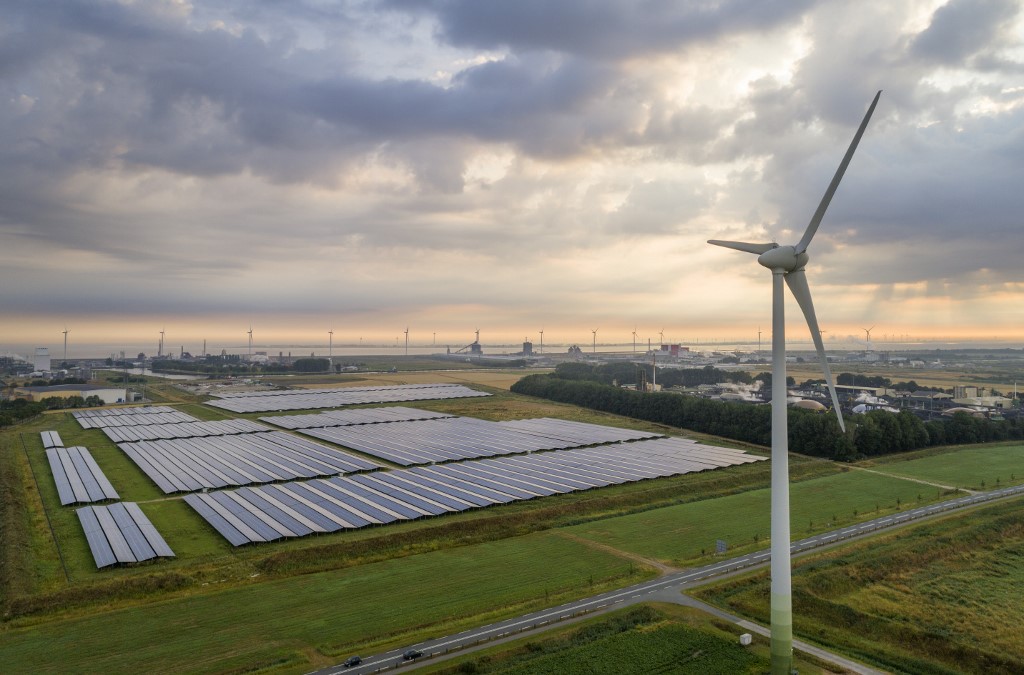Climate change has caused heatwaves and drought in the Qinghai Tibet Plateau in southwest China, with glaciers melting faster, lakes expanding and worsening desertification, according to a report by China Dialogue, which said the area known as “Asia’s water tower” is facing worrying challenges such as the El Niño phenomenon causing sustained high temperatures that create an “oven-like environment” for glaciers, which are now vulnerable and expected to melt and collapse.
Glaciers at the source of the Yangtze and Brahmatupra rivers have shrunk and retreated by hundreds of metres in recent years, with shrinkage fastest in the southern Himalayas and near the source of the Indus in the western Himalayas, causing tens of thousands of glacial lakes to get bigger, with water coming from both melting glaciers and permafrost, the report said, adding that “scientists say climate change has ‘unbalanced‘ the hydrology of the plateau and that this may cause water conflicts to worsen”.
Some areas previously covered in vegetation had “started to look like deserts”, with more grazing on areas above 5,500 metres and settlements in areas that were uninhabitable 20 years ago, it said, noting that with increasingly frequent “glacial lake outburst floods” and ice collapses, the plateau is expected to become warmer and wetter, and the cause of more disasters in the decades ahead.
Read the full report: China Dialogue.
ALSO SEE:
Global Warming Set to Break 1.5C Tipping Point by 2027
India to Close About 30 Coal Mines in Next Few Years – ToI
Critical China Factory Hubs Face Greatest Climate Change Risk
























